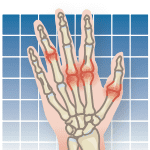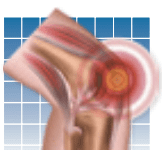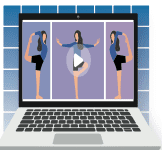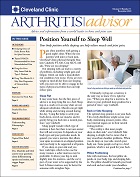When you have arthritis, improving-or at least maintaining-range of motion may be the most important thing you can do to perform the normal functions of daily living. "A big issue with older adults is thoracic kyphosis, or abnormal curvature of the back," says Jeffrey Ciolek, PT, ATC, a physical therapist at Cleveland Clinic. "Some people lose mobility of the upper trunk, causing the upper back to become rounded. Hip joints also lose mobility, and that can influence the way a person walks." Stretching can prevent joint stiffness and help you stay mobile, but it has its limitations. Stretching does little to improve aerobic fitness or to increase strength. Overstretching or stretching incorrectly may complicate an existing problem, such as arthritis, and it may cause an injury. "Weve had some success in getting people to exercise," says Ciolek, "but we need to spend more time teaching patients how to exercise." Below are examples of situations in which stretching may be unsafe. Talk to your doctor or physical therapist if you have any questions or concerns.
To continue reading this article or issue you must be a paid subscriber.
Sign in





























